As an Amazon Associate, I earn from qualifying purchases
Calisthenics, a form of exercise that utilizes one’s body weight for resistance training, has gained immense popularity in recent years due to its accessibility and effectiveness. Whether you’re practicing pull-ups, push-ups, or planks, having the right footwear is crucial for maximizing performance and preventing injuries. In this comprehensive guide, we’ll delve into the world of calisthenics shoes, exploring what makes them essential and how to choose the perfect pair for your training needs.
Importance of Proper Footwear in Calisthenics
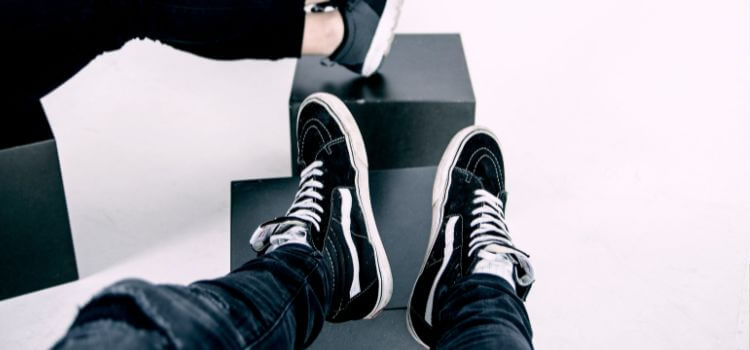
When engaging in calisthenics exercises, your feet act as the foundation for every movement. The right pair of shoes can provide the necessary support, stability, and traction to enhance your performance and reduce the risk of strains or sprains. Additionally, proper footwear ensures that your feet remain comfortable and protected throughout your workout sessions.
What Makes a Good Calisthenics Shoe?
1. Support and Stability
Support and stability are paramount in calisthenics shoes, providing the foundation for confident movements and preventing injuries. Shoes with reinforced soles and ankle support ensure proper alignment during dynamic exercises, enhancing your performance and reducing the risk of strains or sprains. With the right support, you can tackle challenging workouts with ease, knowing that your footwear is designed to withstand the demands of calisthenics training. Whether you’re executing pull-ups, dips, or handstands, investing in shoes that prioritize support and stability is key to maximizing your potential and achieving your fitness goals safely.
2. Flexibility
Flexibility is a crucial aspect of calisthenics shoes, allowing for natural foot movement and unrestricted mobility during exercises. Shoes with flexible outsoles enable a full range of motion, facilitating seamless transitions between different movements and enhancing overall agility. Whether you’re performing dynamic stretches or executing advanced bodyweight exercises, having flexible footwear ensures that your shoes move with your feet, rather than against them. This flexibility not only improves performance but also reduces the risk of discomfort or injury, allowing you to focus on mastering your technique and pushing your limits in every workout.
3. Grip and Traction

Grip and traction are essential features of calisthenics shoes, providing stability and preventing slips during intense workouts. Shoes with high-quality rubber outsoles offer superior grip on various surfaces, such as bars or mats, ensuring secure footing even during dynamic movements. Whether you’re tackling pull-ups or practicing handstand push-ups, reliable traction keeps you grounded and confident, allowing you to focus on perfecting your form without worrying about slipping or sliding. With optimal grip and traction, you can push your limits and achieve peak performance in every calisthenics session.
4. Durability
Durability is a key factor to consider when choosing calisthenics shoes, ensuring they withstand the rigors of frequent use and maintain their performance over time. Shoes constructed from durable materials can endure the demands of intense workouts, including jumps, lunges, and plyometrics, without experiencing premature wear or damage. Additionally, durable shoes retain their structural integrity, providing consistent support and stability throughout their lifespan. By investing in durable calisthenics shoes, you can train with confidence, knowing that your footwear will continue to support your fitness journey for the long haul.
Common Features of Calisthenics Shoes
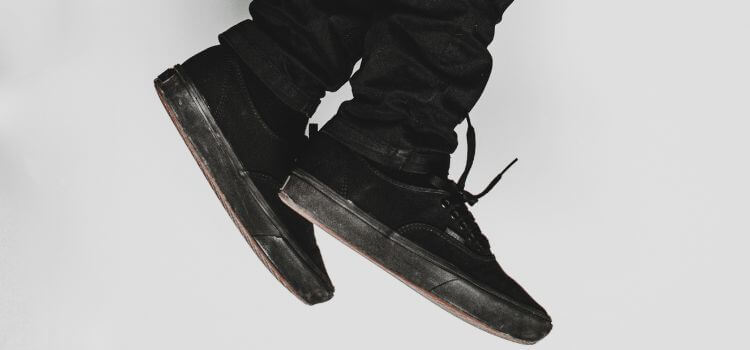
1. Minimalist Design
A minimalist design is a hallmark feature of many calisthenics shoes, offering a lightweight and low-profile construction that promotes natural movement and agility. These shoes prioritize simplicity, with streamlined designs that minimize bulkiness and unnecessary padding, allowing for enhanced proprioception and ground feel during exercises. By embracing a minimalist approach, these shoes provide a closer connection between the foot and the ground, enabling greater control and stability during dynamic movements like jumps, squats, and balances. With their minimalist design, calisthenics shoes offer a sleek and versatile option for athletes looking to optimize their performance and experience the pure essence of bodyweight training.
2. Lightweight Materials
Lightweight materials are a defining characteristic of calisthenics shoes, contributing to their agility and comfort during workouts. These shoes utilize materials such as mesh or synthetic fabrics that offer durability without adding unnecessary weight. By prioritizing lightweight construction, calisthenics shoes allow for swift and fluid movements, enabling athletes to perform exercises with ease and precision. Additionally, lighter shoes reduce fatigue during extended training sessions, allowing you to focus on your form and technique without feeling weighed down. With their lightweight materials, calisthenics shoes provide the perfect balance of support and agility for optimal performance in any workout setting.
3. Breathability
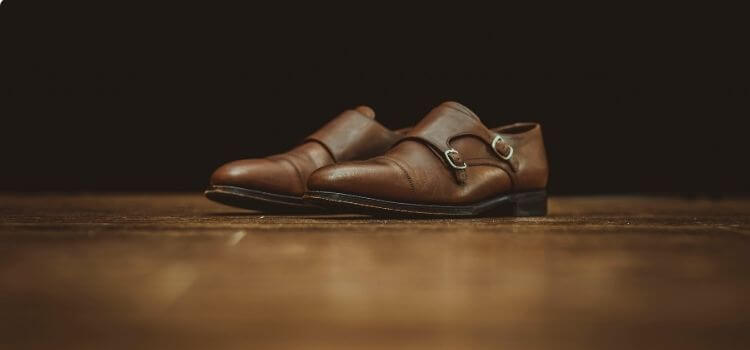
Breathability is a crucial feature of calisthenics shoes, ensuring that your feet remain cool and comfortable throughout your workout. These shoes are designed with breathable uppers and moisture-wicking liners that promote airflow and prevent moisture buildup. By allowing air to circulate freely, breathable calisthenics shoes help to regulate temperature and reduce the risk of discomfort or blisters caused by excess sweat. Whether you’re training indoors or outdoors, proper ventilation is essential for maintaining foot health and enhancing overall performance. With their breathable design, calisthenics shoes keep you feeling fresh and focused, so you can push yourself to new heights in every workout session.
Best Calisthenics Shoes on the Market
1. Nike Metcon Series
The Nike Metcon series stands out as a top choice for calisthenics enthusiasts, renowned for its versatility and durability. These shoes are specifically engineered to meet the demands of intense workouts, offering a combination of stability, support, and flexibility. With a flat and stable base, the Nike Metcon shoes provide the foundation needed for various exercises, including weightlifting, plyometrics, and bodyweight movements.
The durable construction ensures long-lasting performance, allowing athletes to push their limits without worrying about shoe integrity. Whether you’re tackling burpees, box jumps, or rope climbs, the Nike Metcon series delivers the reliability and performance you need to excel in your calisthenics training.
2. Reebok Nano Series
The Reebok Nano series is another popular choice among calisthenics enthusiasts, prized for its lightweight design and responsive cushioning. These shoes are engineered to support dynamic movements with ease, providing stability and flexibility for a range of exercises. With their durable construction and breathable materials, the Reebok Nano shoes offer both comfort and performance during intense workouts. Whether you’re performing lunges, squats, or sprints, the Reebok Nano series delivers the support and agility needed to elevate your calisthenics training to the next level.
3. Vibram FiveFingers
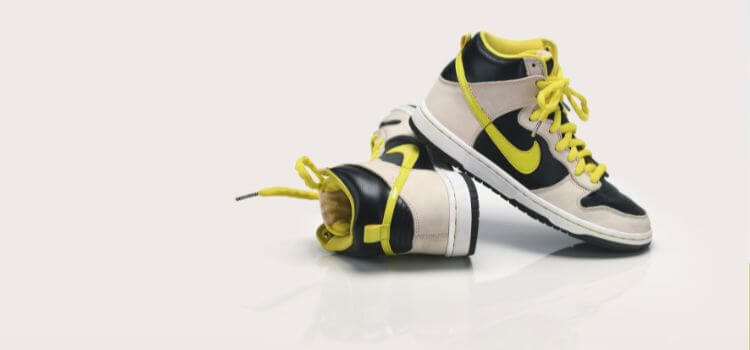
Vibram FiveFingers shoes offer a unique and minimalist approach to calisthenics footwear. Designed to mimic the experience of barefoot training, these shoes provide a close-to-ground feel and enhanced proprioception. With individual toe slots and thin, flexible soles, Vibram FiveFingers shoes promote natural foot movement and balance, allowing for precise control during exercises.
While not everyone may prefer this minimalist style, those who do appreciate the freedom and sensory feedback it offers. Whether you’re practicing yoga, bodyweight exercises, or outdoor training, Vibram FiveFingers shoes provide a distinct option for those seeking a closer connection to the ground during their workouts.
4. Converse Chuck Taylor All Stars
Converse Chuck Taylor All Stars, while not specifically designed for calisthenics, remains a beloved choice among enthusiasts for their classic style and reliable performance. These iconic sneakers feature a flat, stable sole that provides a solid base for various exercises, including bodyweight movements like push-ups and squats.
While lacking the specialized features of dedicated calisthenics shoes, such as reinforced soles or advanced cushioning, Chuck Taylors offer decent grip and traction for indoor and outdoor training. Their timeless design and versatility make them a popular option for calisthenics practitioners looking for a simple yet effective footwear solution.
How to Choose the Right Calisthenics Shoe for You
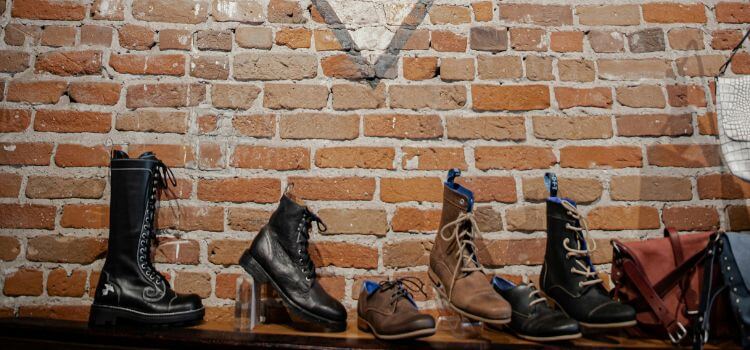
1. Consider Your Training Environment
When choosing calisthenics shoes, it’s essential to consider your training environment. Whether you primarily work out in a gym setting or prefer outdoor training in parks or playgrounds, the conditions you encounter can influence your footwear needs. Indoor gyms typically have flat and stable surfaces, while outdoor environments may vary in terrain and texture.
Additionally, factors such as weather conditions and temperature can affect your comfort and performance during workouts. By assessing your training environment, you can select shoes that are suitable for the surfaces you’ll be training on and provide the necessary support and traction for your workouts.
2. Assess Your Foot Type
Assessing your foot type is crucial when choosing the right calisthenics shoes. Understanding whether you have flat feet, neutral arches, or high arches can help you select footwear that provides the appropriate level of support and stability. Flat-footed individuals may benefit from shoes with arch support to help distribute weight evenly and prevent overpronation.
Those with neutral arches can typically wear a variety of shoes comfortably, while individuals with high arches may require additional cushioning to absorb shock and reduce pressure on the feet. By assessing your foot type, you can find shoes that offer the right balance of support and comfort for your specific needs, enhancing your overall performance and reducing the risk of discomfort or injury during workouts.
3. Try Them On and Test for Comfort
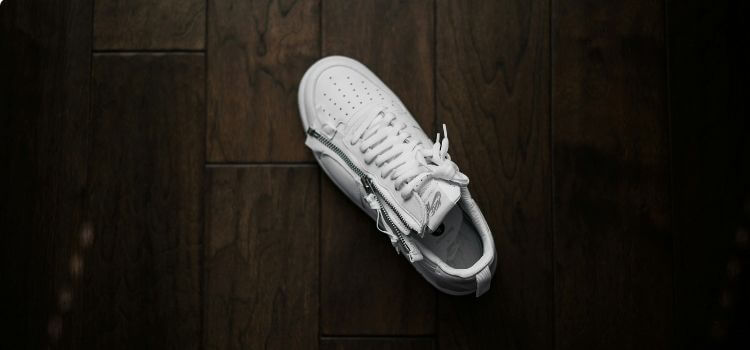
When trying on calisthenics shoes, take the time to walk, jump, and perform various movements to assess their comfort and fit. Pay attention to any areas of discomfort or pressure points, as these can indicate whether the shoes are suitable for your needs.
Tips for Maintaining Your Calisthenics Shoes
1. Clean Them Regularly
Regularly cleaning your calisthenics shoes helps prolong their lifespan and prevents odor buildup. Use a mild detergent and water to gently scrub away dirt and debris, then allow them to air dry thoroughly.
2. Air Them Out After Each Use
After each use, it’s essential to air out your calisthenics shoes. Removing them and allowing them to air in a well-ventilated area helps to prevent moisture buildup and keeps your shoes fresh. This practice not only helps to maintain the integrity of your shoes but also reduces the likelihood of odor-causing bacteria growth. By allowing air to circulate your shoes, you can ensure that they dry thoroughly and remain comfortable for your next workout session.
3. Avoid Excessive Wear and Tear
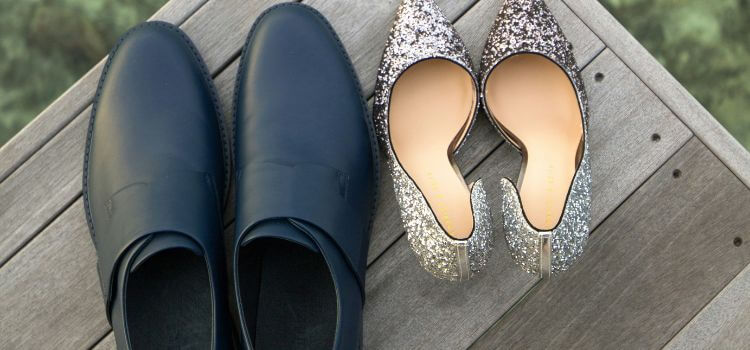
To prolong the lifespan of your calisthenics shoes, it’s important to avoid excessive wear and tear. While these shoes are designed to withstand rigorous training, subjecting them to constant abuse can lead to premature deterioration. Rotate between multiple pairs of shoes to distribute the workload and give each pair time to recover between workouts. Additionally, avoid wearing your calisthenics shoes for activities they weren’t designed for, as this can accelerate wear and compromise their performance. By practicing moderation and proper shoe care, you can extend the life of your calisthenics shoes and ensure they continue to support you through many workouts to come.
Conclusion
Selecting the right pair of calisthenics shoes is essential for optimizing performance, preventing injuries, and enhancing overall comfort during workouts. Features such as support, flexibility, grip, and durability play crucial roles in determining the suitability of a shoe for calisthenics training. Whether you choose a specialized calisthenics shoe like the Nike Metcon series or opt for a more versatile option like the Converse Chuck Taylor All Stars, prioritizing factors such as your training environment and foot type can help you find the perfect footwear for your needs. Remember to care for your shoes by airing them out after each use, avoiding excessive wear and tear, and cleaning them regularly to maintain their performance and longevity. With the right pair of calisthenics shoes, you can train with confidence, knowing that your footwear is supporting you every step of the way toward your fitness goals.
As an Amazon Associate, I earn from qualifying purchases

Leave a Reply